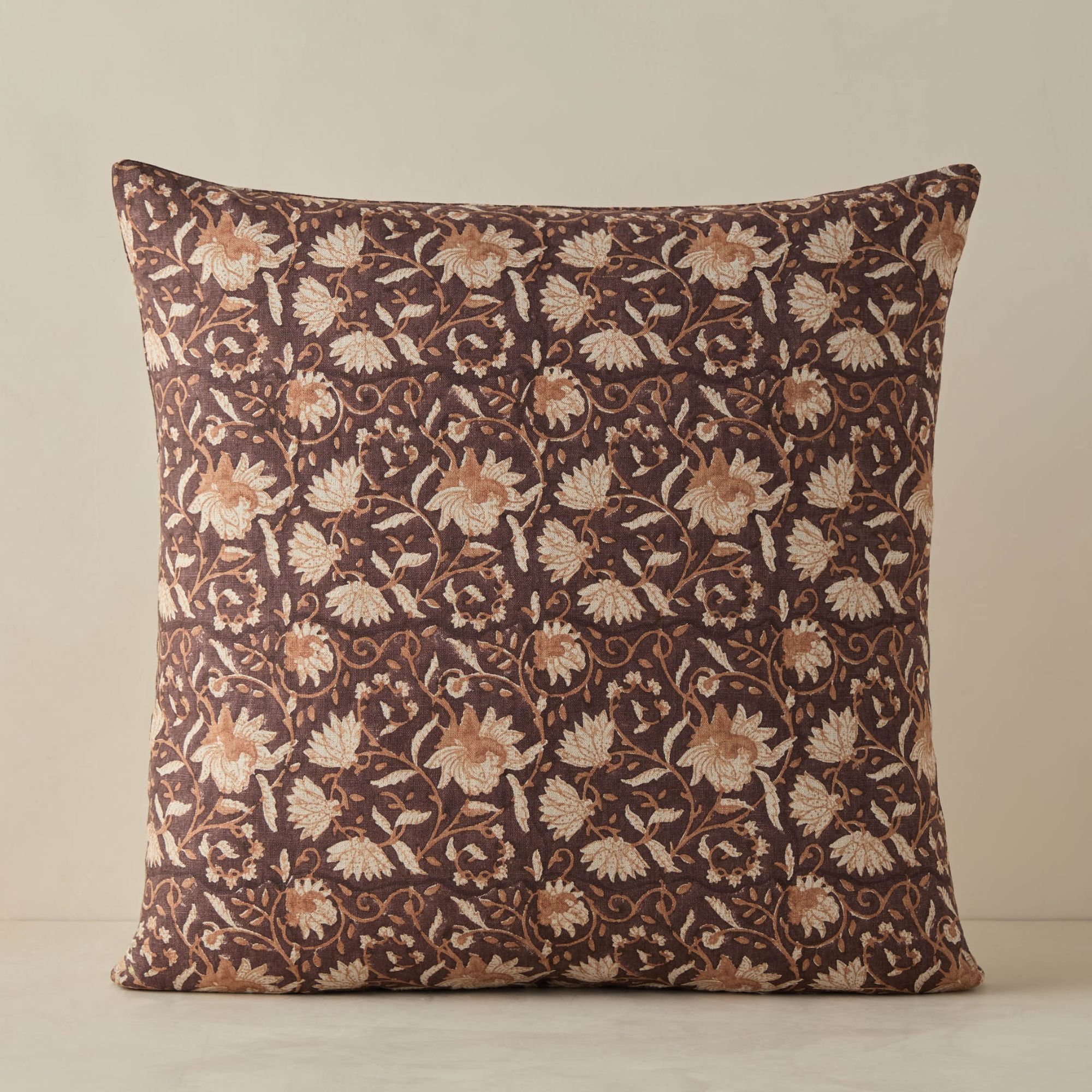Are all these trending dark colors just for cozy season? Or is there longevity to these moody hues? We asked designers for their take
Dark and moody colors are everywhere right now, but do these statement hues hold their own year-long?

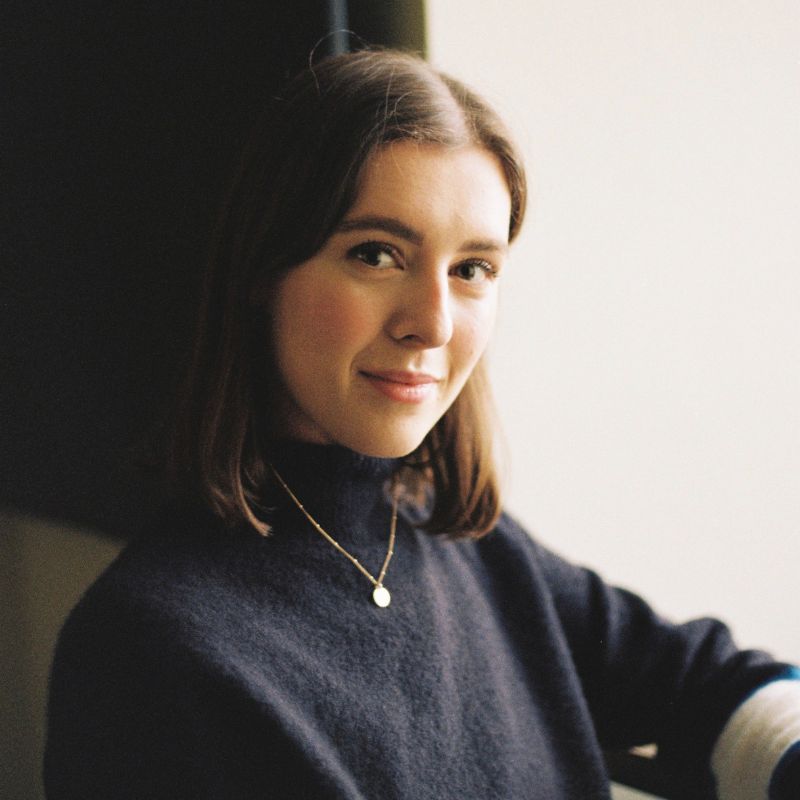
Dark colors are a go-to interior trend right now. From burgundy to dark green, there's so much appeal for moody colors, creating a dramatic and cozy backdrop in our homes.
With any interior design trend, it's important to consider its longevity. And when it comes to embracing the dark color trend, there can be questions about how well these moody hues work throughout the year, once the cozy season is over. Decorating can be an investment – whether through the color of furniture or painting the walls – so you'll want to ensure your color schemes maintain appeal year-long.
We turned to the expertise of designers and color experts, who weigh in on this debated topic. Below, they share their thoughts on dark fall color schemes, and explain how you can ensure they transition well throughout the year.
Are dark colors just for the cozy season?
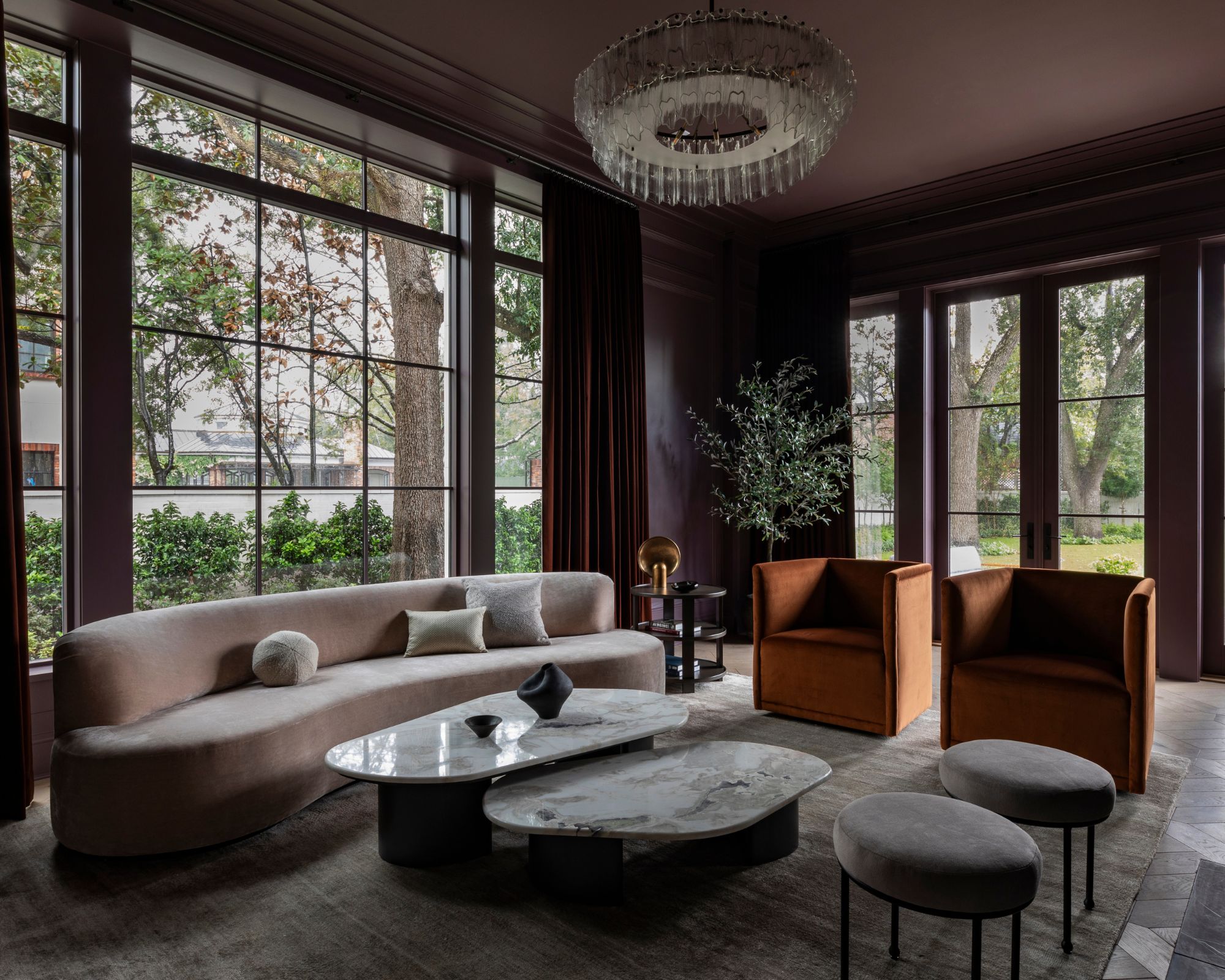
'We are loving the darker, moodier schemes trending these days,' says designer Courtney Hill Utt of Chu Interiors. 'Clients often ask us if they will feel too dark in the spring and summer months and we always encourage them that these darker schemes work just as well year-round, especially if you rotate accessories to complement the season.'
Interior designer Marie Flanigan agrees that dark colors can work beyond fall: 'Darker color schemes can absolutely work year-round if you approach them with balance and intention. During the cooler months, they create a cozy, intimate atmosphere, but as the seasons shift, consider pairing those deep tones with lighter accents.'
'Incorporate natural textures, like woven linens or light-colored woods, to add contrast and keep the space feeling fresh,' adds Marie. 'You can also swap out accessories, such as throw pillows or artwork, for pieces in lighter, more airy tones to create a seasonal shift. The key is to embrace the richness of the dark palette while layering in elements that soften and brighten it for the warmer months.'
6 ways to ensure longevity with dark colors
Read on to learn how the experts ensure longevity when decorating with dark colors, for a timeless approach to room color ideas.
1. Consider which rooms dark colors work best in

Before diving head first into trending dark paints, think about the rooms in your home and how they naturally feel. While dark paints can look great in a whole range of spaces, there's an argument that they're best suited to naturally dark rooms, where you can lean into the low light and create a snug, cozy space suitable year-long.
'Your home has different rooms in different positions of the house, and they play a very different role,' explains Tash Bradley, Director of Interior Design and Color Psychologist at Lick. 'Try not to fight against nature; if you've got a darker room, that's a lovely place to lean into it.'
'A hallway is a really nice place to go for a darker color because when you open up the doors into other rooms, your eye is always drawn to the lightest part of a room,' adds Tash. 'So if you've got a slightly darker hallway, you will gravitate towards the sitting room or the kitchen, which people tend to like to keep lighter.'
Alternatively, rooms that are used mainly in the evening for relaxing can present an opportunity to decorate with dark paint colors, whether it's fall or summertime.
'Rooms used primarily in the evening are perfect for deep, dark saturated colors and entirely seasonless,' says interior designer Caroline Gidiere. 'There is a certain seduction of the low light and glimmering lights in the evening, so bars and studies are welcome spots for the darker hues.'
2. Choose dark paint colors carefully

There are many popular dark paints right now, from rich shades of burgundy paints to dark forest greens, but it's worth thinking about how these colors maintain appeal throughout the year. Certain shades can feel overly associated with the festive season, for example, so you may want to choose a more versatile dark paint if you don't want to re-paint any time soon.
'When it comes to adapting a moody, dark color scheme to every season, especially summer, we like to choose the dark color of the scheme that doesn't feel pigeon-holed,' explains Katie Schroder, principal designer and founder of Atelier Interior Design.
'Dark green, red, or blue tend to lean formal or masculine, but if you go with a moody dark purple, teal, or rust, those colors adapt well to more cheerful tones that you adapt into a space with your summer decor,' adds Katie.
3. Consider color pairings for a less intense look

There's no denying the popularity of color drenching right now, but sometimes using dark hues more sparingly with color combinations can create a more versatile look.
'Incorporate darker hues thoughtfully and purposefully to avoid overwhelming the space,' advises Hannah Yeo, Senior Color Marketing Manager at Benjamin Moore. 'Pairing off-white trim and ceiling with deep, rich colors creates a crisp and tailored look while allowing lightness to permeate the space. This approach works particularly well in bedrooms and home offices, and maintaining consistent trim and ceiling colors helps unify different rooms for a cohesive aesthetic.'
'An accent wall is an excellent way to introduce bold colors and create a focal point,' adds Hannah. 'If your room features wainscoting or a chair rail, consider pairing the darker tones with a lighter hue to bring balance.'
Karolina Wierzbicka, Head of Design at August, also recommends pairing bold hues with lighter colors for a more liveable scheme: 'Rich, layered tones are key. Darker hues such as deep navy, charcoal, forest green, or burgundy work beautifully to create a sense of depth, especially when paired with lighter, contrasting tones like soft neutrals or pale pastels. These darker shades recede visually, making the room feel more dimensional, while lighter or reflective surfaces draw the eye, enhancing the sense of space.'
4. Limit dark colors to the lower half of walls
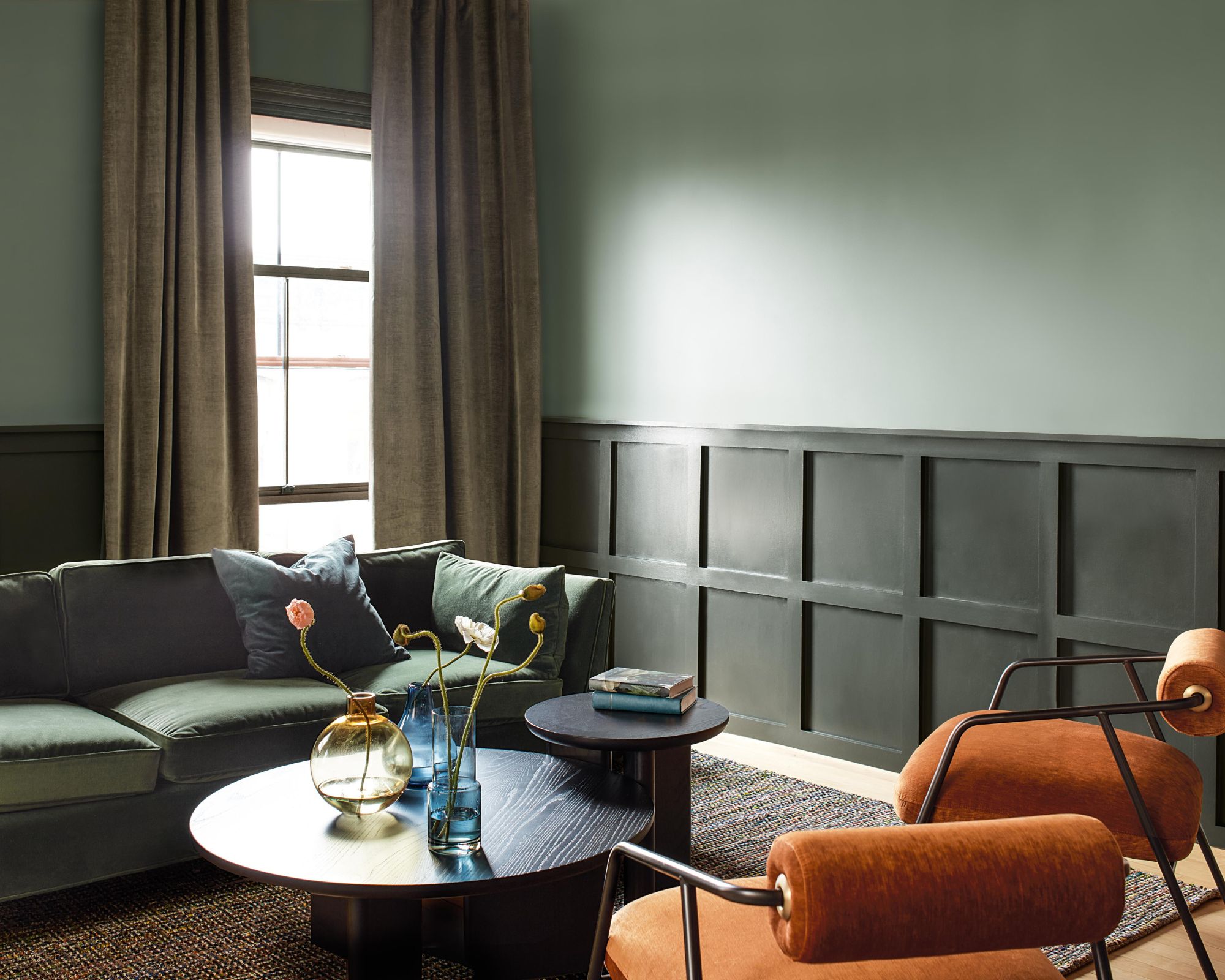
Another way to incorporate dark colors into your scheme while ensuring a liveable look year-long is to limit dark paints to the lower halves of walls, and stick to lighter shades above. This paint trick will allow you to benefit from the cozy, dramatic appeal of rich colors, while the overall feel of a room is more balanced.
'You can use dark colors to trick the eye,' says Tash Bradley. 'If you do a 50-50 wall going all the way around the room in a darker color below, and you do a light color above, it tricks the eye and makes the room appear bigger.'
5. Decorate with flowers to alter the color scheme

Looking for a simple way to transition your dark color schemes? As soon as the seasons change, swap out any floral arrangements to reflect the changing weather. The lighter, brighter tones of summer will uplift your space, while during wintertime, darker foliage will enhance the moody feel.
'Dark schemes are lovely all year long,' says interior designer Bethany Adams of Bethany Adams Interiors. 'Simply adding some fresh flowers goes a long way toward brightening things up. But don't forget, in summer months we're not inside as much as anyway, and when we are, there's nothing better than a cool, dark room.'
6. Swap decor in keeping with the seasons

For rooms that embrace a cozy, dark color scheme that goes hand in hand with the fall and winter months, you can make easy decor changes to refresh the feel in time for spring and summer, ensuring a well-balanced look all year.
'The key to transitioning any color scheme from one season to another is always in the details,' says interior designer Kathy Kuo. 'Any color can work for any time of year if you frame it a certain way. For example, if you love jewel tones or 'dark academia' colors – burgundy, emerald green, navy – bring in throw pillows and blankets in similar dark colors and rich textures like cashmere and velvet for winter; and then for summer, bring lighter textiles like linen and cotton in contrasting bright tones like cream, blush, and sand.'
'Darker, moody color schemes can transition into warmer months with the addition of light, bold elements, and accessories,' agrees designer Gabrielle Bove of Opaline Interiors Studio. 'Enliven the room by layering a washed vintage rug that can ground the space in a lighter color while adding another layer of interest. If you have open shelves or areas for display, bring in a collection of white or light wood objects.'

Embrace your dark color schemes this fall with this cozy woven throw, in an on-trend brown hue.
According to designers and color experts, dark colors can work stylishly in the home all year long. While they come into their own in the fall and winter months, lighter decor can work to transition them through summertime.
It's also worth considering which rooms are best suited to dark colors, as the experts share above, as well as using paint color pairings to create balance, to avoid making any interior design mistakes.
Sign up to the Homes & Gardens newsletter
Design expertise in your inbox – from inspiring decorating ideas and beautiful celebrity homes to practical gardening advice and shopping round-ups.

Emily is a freelance interior design writer based in Scotland. Prior to going freelance in the spring of 2025, Emily was Homes & Gardens’ Paint & Color Editor, covering all things color across interiors and home decor for the Homes & Gardens website. Having gained specific expertise in this area, Emily is well-versed in writing about the latest color trends and is passionate about helping homeowners understand the importance of color psychology in home design. Her own interior design style reflects the simplicity of mid-century design and she loves sourcing vintage furniture finds for her tenement flat.
-
 Ina Garten's storage pantry is an insightful window into all of the best cookware used by the chef – and it's easy to recreate on your kitchen shelves from $48
Ina Garten's storage pantry is an insightful window into all of the best cookware used by the chef – and it's easy to recreate on your kitchen shelves from $48The beautiful dishware in The Barefoot Contessa's Hamptons pantry showcases the tools she uses most often to cook – this is exactly how you replicate it
By Sophie Edwards Published
-
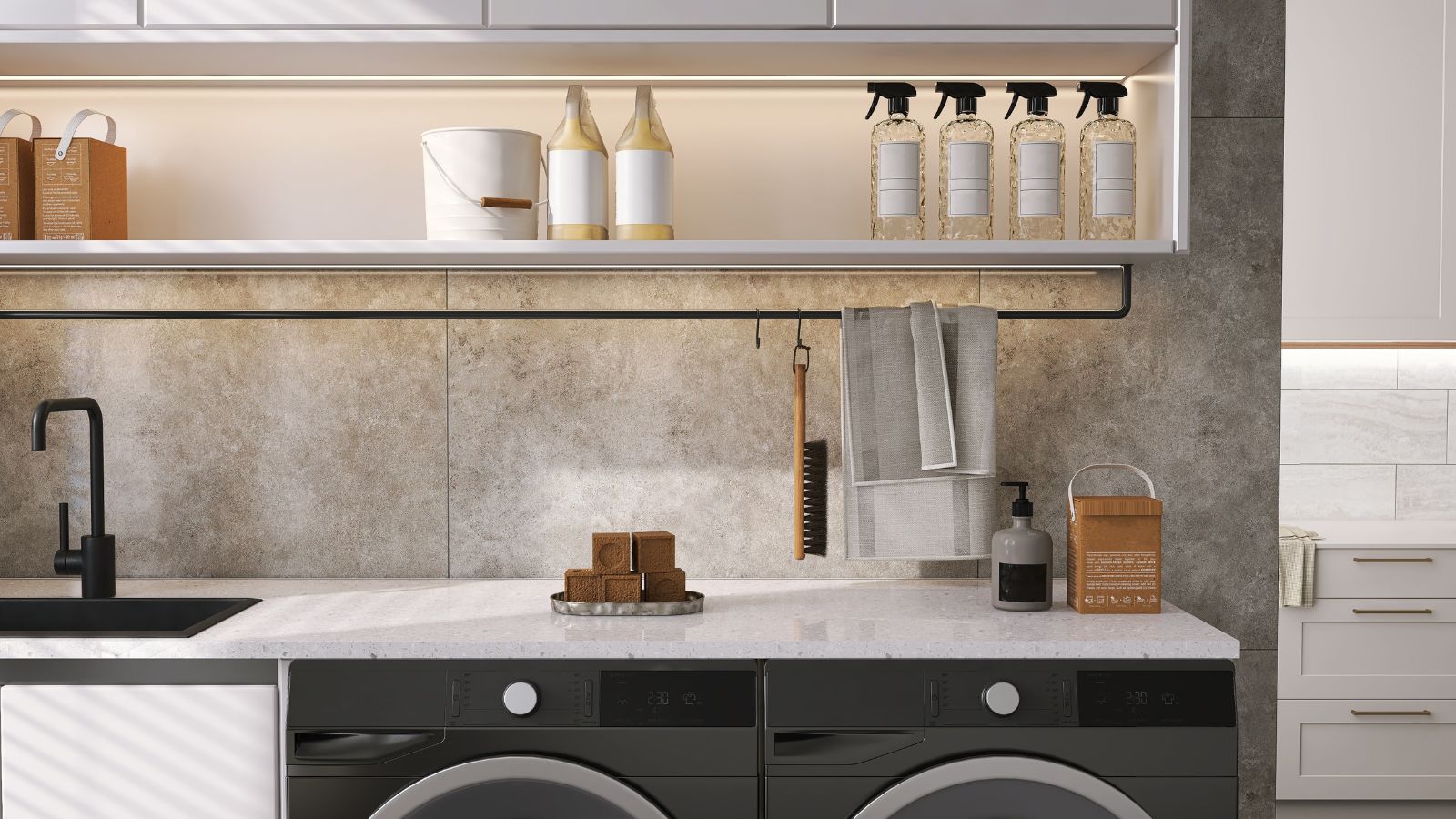 Extend the lifespan of your appliance with 5 simple but crucial washing machine maintenance tips
Extend the lifespan of your appliance with 5 simple but crucial washing machine maintenance tipsFrom cleaning the filters to keeping the door open, experts reveal the washer tips they swear by
By Andy van Terheyden Published
